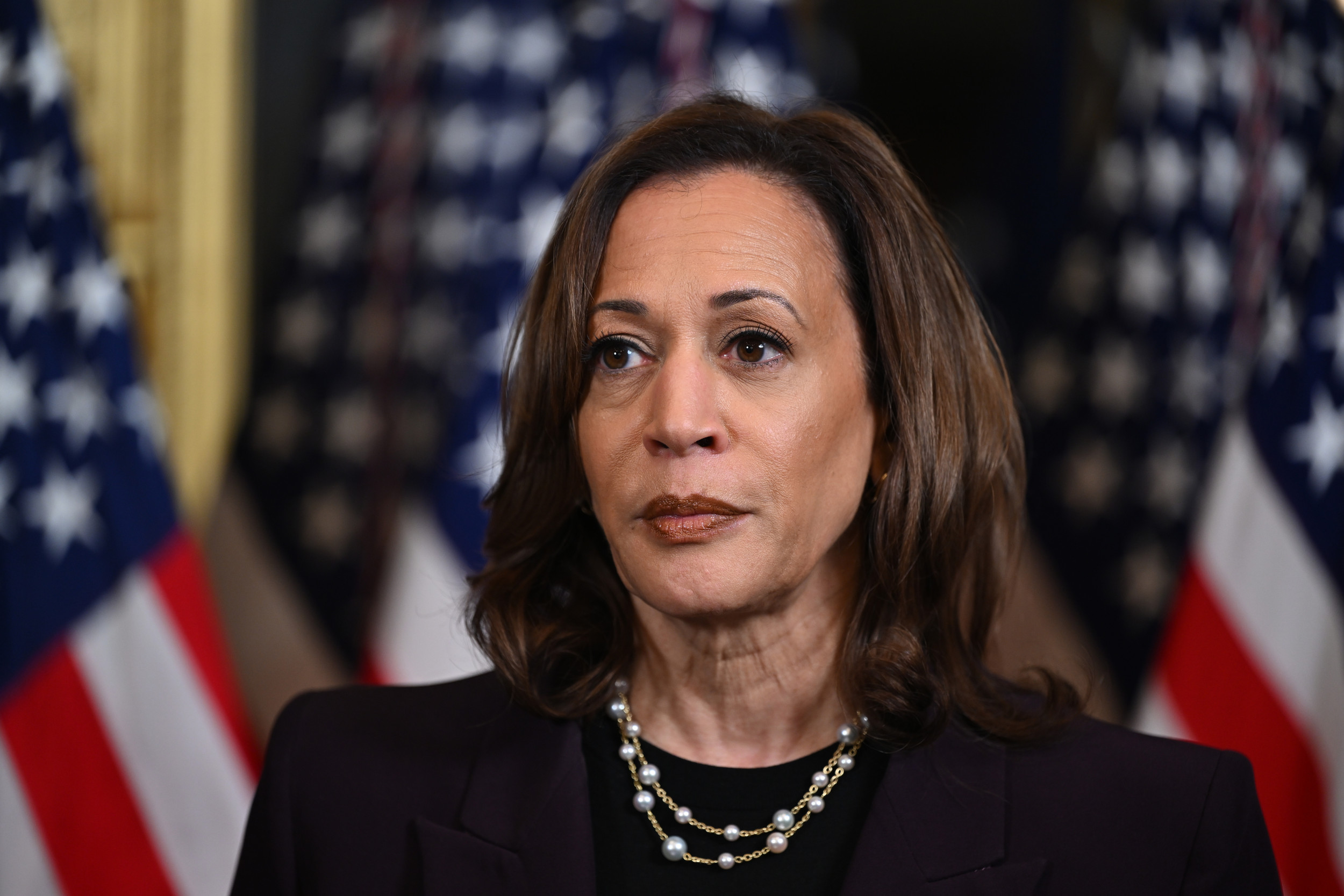Following a powerful endorsement by former President Barack Obama on Friday, Vice President Kamala Harris saw her odds of winning the 2024 presidential election increase significantly according to leading bookmakers.
Prior to Obama’s endorsement, both Bet365 and Sky Bet had placed Harris’ odds at 6/4 (40%), while William Hill had odds of 11/8 (42.1%) on her victory. As of Saturday morning at 8:30 a.m. ET, Bet365 and Sky Bet had adjusted the odds to 11/8 (42.1%), with William Hill now offering 5/4 (44.4%) odds on a Harris win.
Obama’s formal endorsement came after weeks of speculation, with him and Michelle pledging their full support to ensure Harris’ success in November. President Joe Biden withdrew from the race on July 21, backing Harris amid concerns within the Democratic Party surrounding his age and cognitive abilities.
Harris swiftly gained the support of enough Democratic National Convention delegates to solidify her position as the party’s likely nominee.
Obama made his endorsement known through a heartfelt statement on X, affirming that he and Michelle believe Harris will be an outstanding President of the United States and that they are committed to aiding her victory. The Obamas also shared a 55-second video call with Harris, expressing their pride and full endorsement.
Despite Harris’ rising odds, betting site Polymarket still gave former President Donald Trump a 59% chance of winning the election in 2024, with Harris trailing at 40%.
An Emerson College Polling/The Hill survey revealed that Harris was slightly behind Trump in key swing states, with the following statistics:
- In Arizona, 44% favored Harris compared to 49% who supported Trump
- In Georgia, 46% sided with Harris and 48% with Trump
- In Michigan, 45% backed Harris while 46% supported Trump
- In Pennsylvania, 46% favored Harris while 48% supported Trump
- In Wisconsin, both candidates had 47% support
The survey was conducted on July 22 and 23, with a margin of error of 3.3%. Arizona, Georgia, and Michigan had sample sizes of 800 each, while Wisconsin and Pennsylvania surveyed 845 and 850 people respectively.
